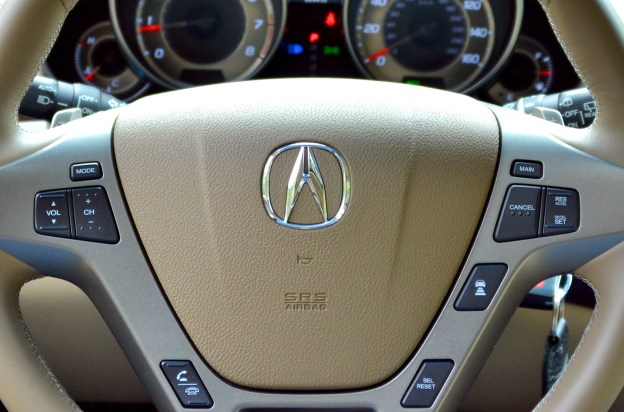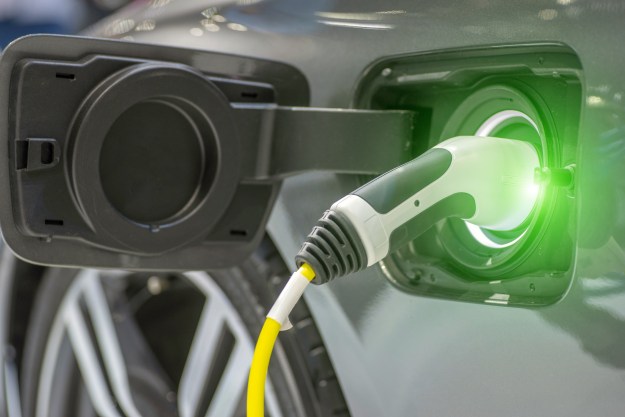 The proliferation of tech in cars may be an appropriate mirror for the tech driven world around them, but it also presents a major safety issue. Controlling all of the different features in new cars while keeping one’s eyes on the road is a challenge.
The proliferation of tech in cars may be an appropriate mirror for the tech driven world around them, but it also presents a major safety issue. Controlling all of the different features in new cars while keeping one’s eyes on the road is a challenge.
Several carmakers have looked to voice controls as a solution. A car-based version of Siri is a major component of Apple’s plan to work its way onto car dashboard’s for example. However, a new study says talking to a car doesn’t necessarily prevent distraction.
The American Automobile Association (AAA) recently conducted a study titled “Measuring Cognitive Distraction in the Automobile” that looked at drivers’ ability to pay attention while performing secondary tasks.
Researchers asked participants to perform a variety of secondary tasks, including listening to the radio or an audio book, talking to a passenger, talking on a cell phone, and using a speech-to-text e-mail and texting feature.
The results showed that talking to a passenger or talking on the phone (both hand-held and hands-free) caused about the same amount of distraction. However, using voice controls such as speech-to-text e-mail made it significantly harder to pay attention.
The researchers designated five levels or “Categories” of distracted driving, with Category-1 being the lowest and Category-5 being the highest. Using voice controls was rated a Category-3 distraction by the researchers; talking to a passenger or having a phone conversation were rated Category-2.
The AAA study disputes the common assumption that removing one’s hands from the wheel and taking one’s eyes off the road to push buttons or read a screen are the ultimate distractions.
“The assumption that if the eyes were on the road and the hands were on the steering wheel then voice-based interactions would be safe appears to be unwarranted. Simply put, hands-free does not mean risk-free,” the researchers said.
The Alliance of Automobile Manufacturers has already criticized the study, saying that, “We are extremely concerned that it could send a misleading message, since it suggests that hand-held and hands-free devices are equally risky,”
Carmakers are already significantly invested in hands-free tech. Certain systems, like Ford’s Sync, have been on the market for some time, and Apple is poised to introduce its car-friendly version of Siri in 12 makes, ranging from Chevrolet to Ferrari.
As more voice control systems go into production, researchers and drivers will get a clearer picture of how they affect people’s ability to concentrate. Of course, to eliminate all distractions, Jeremy Clarkson’s hammer-shaped “Off” button is still the best bet.
Do you think in-car tech is too distracting? Tell us in the comments.


